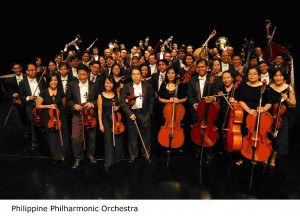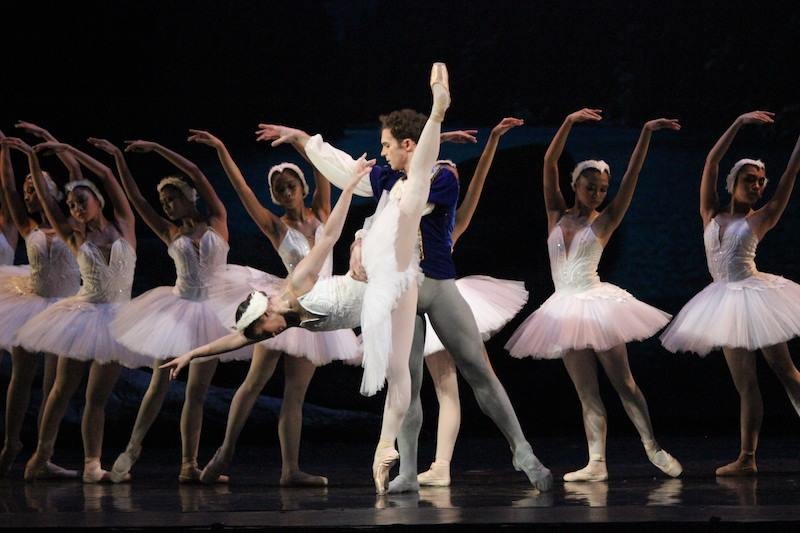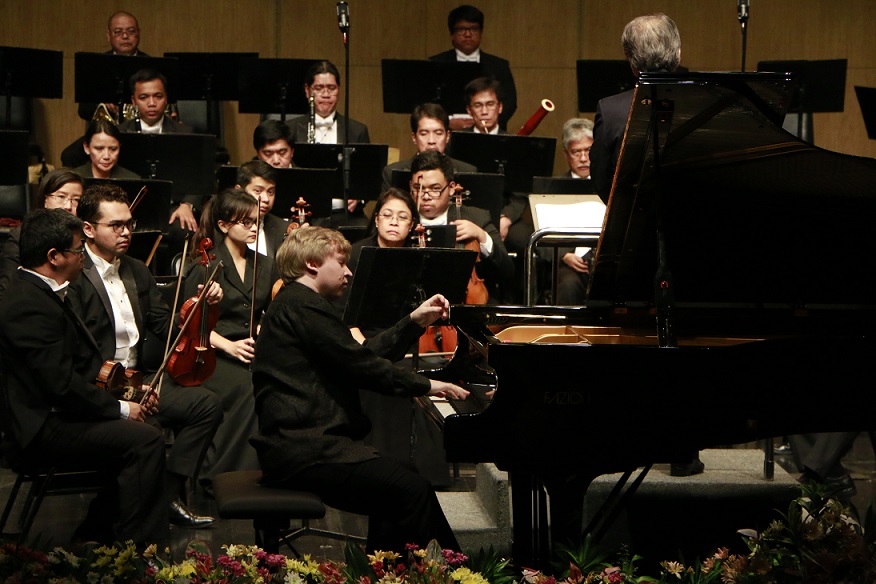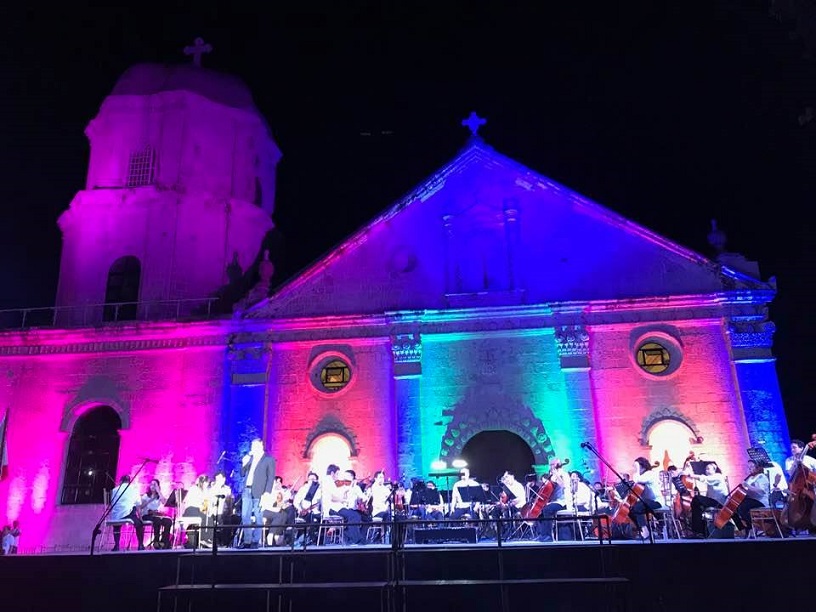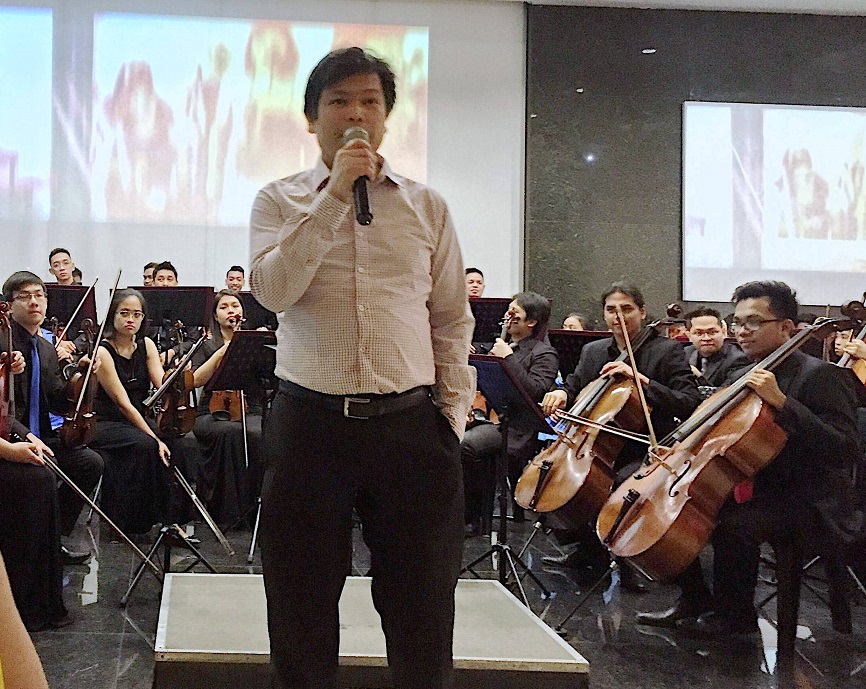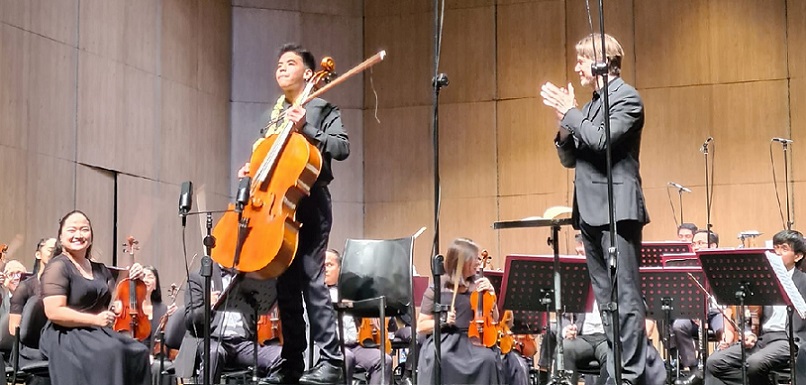By PABLO A. TARIMAN
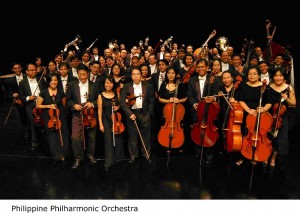 THE country’s three leading orchestras, the Philippine Philharmonic Orchestra (PPO), the Manila Symphony Orchestra (MSO) and the FILharmonika–resume their concert seasons this month with assorted musical menu for music lovers of all ages.
THE country’s three leading orchestras, the Philippine Philharmonic Orchestra (PPO), the Manila Symphony Orchestra (MSO) and the FILharmonika–resume their concert seasons this month with assorted musical menu for music lovers of all ages.
On Nov. 12, San Francisco Symphony bassoonist Steve Dibner is soloist of the PPO at the main theater of the Cultural Center of the Philippines, Gerald Salonga’s orchestra presents an evening of film music on Nov. 13 at the Philamlife Theater, and flutist David Jerome Johnson is soloist of the MSO in an evening devoted to Scandinavian music on Nov. 20.
Truth is, there are other orchestral ensembles still struggling to get recognition.
The Manila Philharmonic Orchestra under Rodel Colmenar has canceled its concert season for financial reason. There is also the Metro Manila Community Orchestra under Chino Toledo who manages to maintain a concert season with strong support from the Miriam College. Other orchestra ensembles wanting in audience exposure are the University of the Philippines Orchestra, Angono Chamber Orchestra, University of Santo Tomas Symphony Orchestra and the PREDIS Chamber Orchestra.
Can several orchestras in Metro Manila actually co-exist peacefully with limited sponsorships and dwindling audiences?
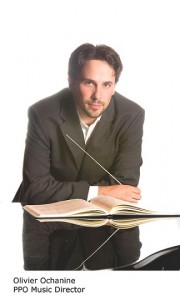 PPO’s newly installed music director Oliver Ochanine is positive about the present setup: “I certainly do believe they can and must. Even before I moved to Manila, I noticed a perceptible rivalry among certain orchestras within the Manila music scene. This is even before I stepped foot in Manila for the beginning of my contract with the PPO. It is, of course, normal and somewhat healthy to have competition in the sense that orchestras must after all work hard to secure loyal audiences in the end.”
PPO’s newly installed music director Oliver Ochanine is positive about the present setup: “I certainly do believe they can and must. Even before I moved to Manila, I noticed a perceptible rivalry among certain orchestras within the Manila music scene. This is even before I stepped foot in Manila for the beginning of my contract with the PPO. It is, of course, normal and somewhat healthy to have competition in the sense that orchestras must after all work hard to secure loyal audiences in the end.”
The recently concluded CCP-sponsored orchestra festival featured the country’s orchestral ensembles and it experimented on forming a festival orchestra consisting of instrumentalists from various groups.
While the festival didn’t attract a sizable audience and the revenue it raised was way below the expectations, it proved that orchestras can unite in an evening of unifying music.
“I believe strongly that an event such as the orchestra festival at the CCP can have extensive effect in creating harmony in between the various orchestras. Such an event can surely show that in the end, it’s about the music and that, conversely, music can break any barriers of interpersonal discord,” Ochanine said.
But there are questions that must be asked: Is it really viable to have so many orchestras in the country? Are the unsubsidized orchestras (only the PPO is government subsidized) doing well with the economic crunch hitting the performing arts world-wide? Are the local orchestras getting the share of private and government support they deserve?
Even sound private financing is no guarantee that a symphony orchestra can survive as in the case of the well-funded San Miguel Philharmonic which folded up a couple of years after it was founded.
The Manila Chamber Orchestra (MCO) has sound financial backing from the private sector, but management problem caused its downfall. Its well-entrenched finances are the reason Makati City and adjoining cities have their share of culture galore, courtesy of what is now known as the MCO Foundation.
A classic case of public and government apathy is the now less active Peace Philharmonic Philippines (PPP) which used to be the Cebu Philharmonic which was the only orchestra outside Metro Manila. Even Cebu’s rich resources and active cultural workers and arts council weren’t able to save its regular concert season.
Like the PPP, the Manila Philharmonic Orchestra, which declined the invitation to join the CCP festival, has canceled its regular season and only does corporate and other private functions. With no subsidy from both private and public sector, the orchestra has suffered the fate of the Cebu Symphony. Admirably, their members are active in training young musicians and doing occasional concerts.
